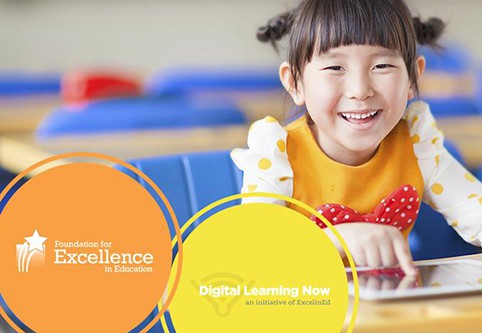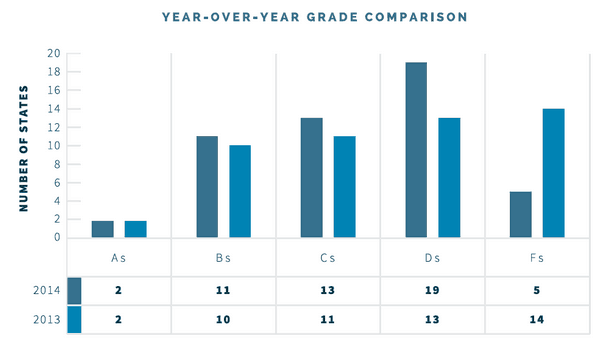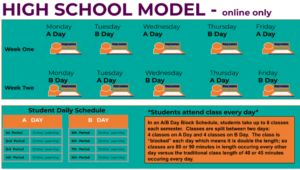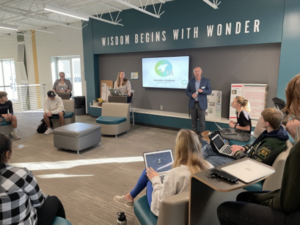A Year for Digital Learning Improvements

In January 2010, the first Android smartphone was introduced. Four months later Apple launched the iPad. The explosion of inexpensive tablets and smartphones quickly resulted in mobile traffic that outstripped web traffic. Investment in new school models and learning tools spiked. Keen observers noted the beginning of a worldwide learning revolution, and an opportunity to dramatically improve achievement and completion rates for students in this country and worldwide.
In July of 2010, former Governors Jeb Bush and Bob Wise recognized the opportunity to provide guidance to state policymakers in the form of forward leaning policies that embrace the new learning opportunity set. The team at Foundation for Excellence in Education formed the Digital Learning Now initiative and hosted a convening that brought together 100 thought leaders in 100 days resulting in the 10 Elements of High Quality Digital Learning.
For the fourth time, Digital Learning Now released a report card scoring states against the policy platform. The majority of of states made progress on the 2014 report card.
Last year, 50 new digital learning laws were passed, and while this signals a decrease from previous years, the lower number reflects a state focus in 2014 on implementing and adjusting the 422 previously passed digital learning laws.
New in this year’s report are policy profiles for thirteen states that have enacted legislation around competency-based education, course access (i.e., part-time online learning), innovation funds, and data backpacks. Each state policy profile includes information about the original intention of the legislation, the implementation, and the implications within the state and for other states around that policy.
For example, Louisiana and Michigan built on their previously passed policies to work toward ensuring course access would be sustainable throughout their entire educational ecosystem. In fact last year there was enrollment in over 19,000 courses in Louisiana alone.
Minnesota is working with their Online Learning Advisory Council to identify state rules and laws that are currently creating barriers to innovation and online learning.
In the past year, half of the states improved progress overall, 14 moved up one full letter grade and nine states have progressed out of the “F” category. It’s clear that education leaders across the nation know the opportunities created for students through digital learning, and many are working hard to create systems needed in order to implement it across their state.
Digital learning has the power to connect students with high quality personalized curriculum and teachers, no matter what their zip code. It also expands access to career and technical education, advanced courses and learning opportunities not historically available at every school. These new policies and state progress shine a light on the options states have to improve educational outcomes for their students and can inform the goals and strategies of other states seeking to boost access and opportunity.
As Patricia Levesque, CEO of ExcelinEd said in their press release for the report, “Digital learning policies promise a way to create customized education systems where all students flourish. The 2014 Digital Learning Report Card highlights the efforts of states working towards this goal and underscores future opportunities for change.”
For more on the Digital Learning Report Card, check out:









0 Comments
Leave a Comment
Your email address will not be published. All fields are required.